‘No way back to business as usual’: The Baltic nations seek to counter Russia’s threat
On the border with Russia on the edge of Nato’s eastern flank, the people of Lithuania, Estonia and Latvia are nervously watching events in Ukraine while the leaders of each nation call for support from the international community. Bel Trew reports from Vilnius and the ‘Suwalki gap’

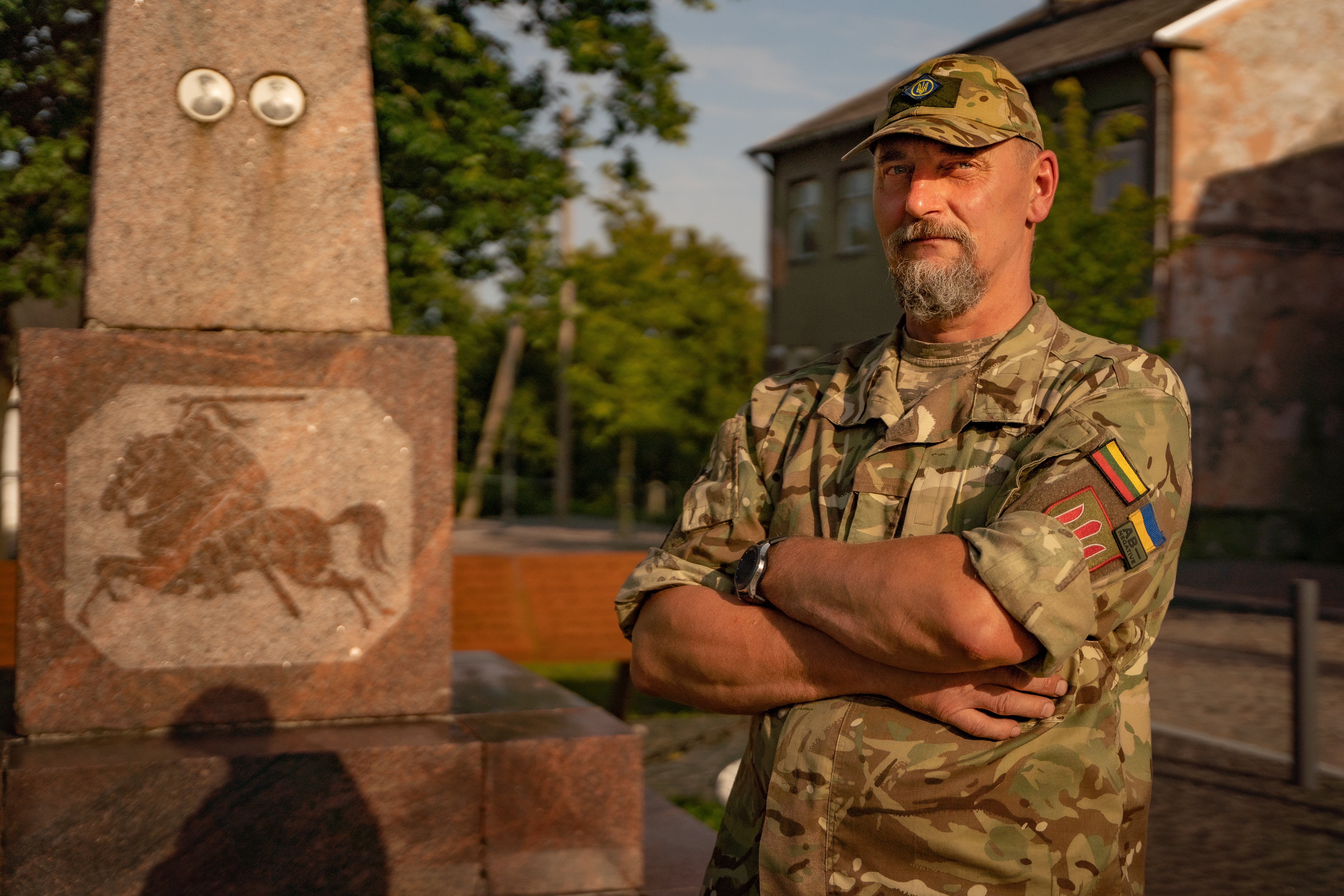
The Lithuanian father-of-five was the only member of the foreign legion he met in Ukraine to arrive with their own body armour, which came in handy when, soon after they crossed the border, Russian missiles rained down on their training base.
But Mindaugas Lietuvninkas says he knew what he was getting into as a former Soviet Union infantry captain, ex-member of one of Lithuania’s most prestigious artillery brigades and later volunteer rifleman commander guarding the “Suwalki gap”, a strip of land in south Lithuania nicknamed Nato’s weakest link against Moscow.
His military career very much tells the fraught story of Russia and Eastern Europe – spanning from Soviet occupation to independence and now to Ukraine where he says a battle the West cannot ignore is unfolding. He says this background means he is not only best prepared for the fight but he understands how high the stakes are.
“If Russia destroys one country, sure we can rebuild but if we allow them to destroy Ukraine they will destroy the world,” Lietuvninkas tells The Independent after recently returning to Lithuania from Ukraine's eastern frontline.
He is speaking from his hometown Kalvarija, which is nestled into the “Suwalki gap”, a stretch of territory that is barely 60 miles (100km) long and sandwiched between Kaliningrad, Russia’s heavily fortified enclave on the North Sea, and Belarus, which has morphed into a Russian proxy staging ground for Vladimir Putin's various frontlines.
Suwalki gap has earnt the moniker “the most dangerous place on Earth”. It is a tense fault line, and if mishandled could be a potential Achilles’ heel for Nato. And so increasingly, residents of the area, like Lietuvninkas, are taking action and joining volunteer defence forces to guard it. But the former soldier went one step further after President Putin invaded Ukraine in February and travelled there to fight Russian troops on the active frontlines.
“The threat of Russia is a fact that I understand better than most. For 50 years we were under oppression by these dumbasses and we know what they can do,” Lietuvninkas says. “And we’ve been calling it for a while. Who was the first person to call Russia a terrorist state? Our former president. It’s not just about this place, it is Lithuania, the Baltics, it’s about Nato, Europe, the West.”
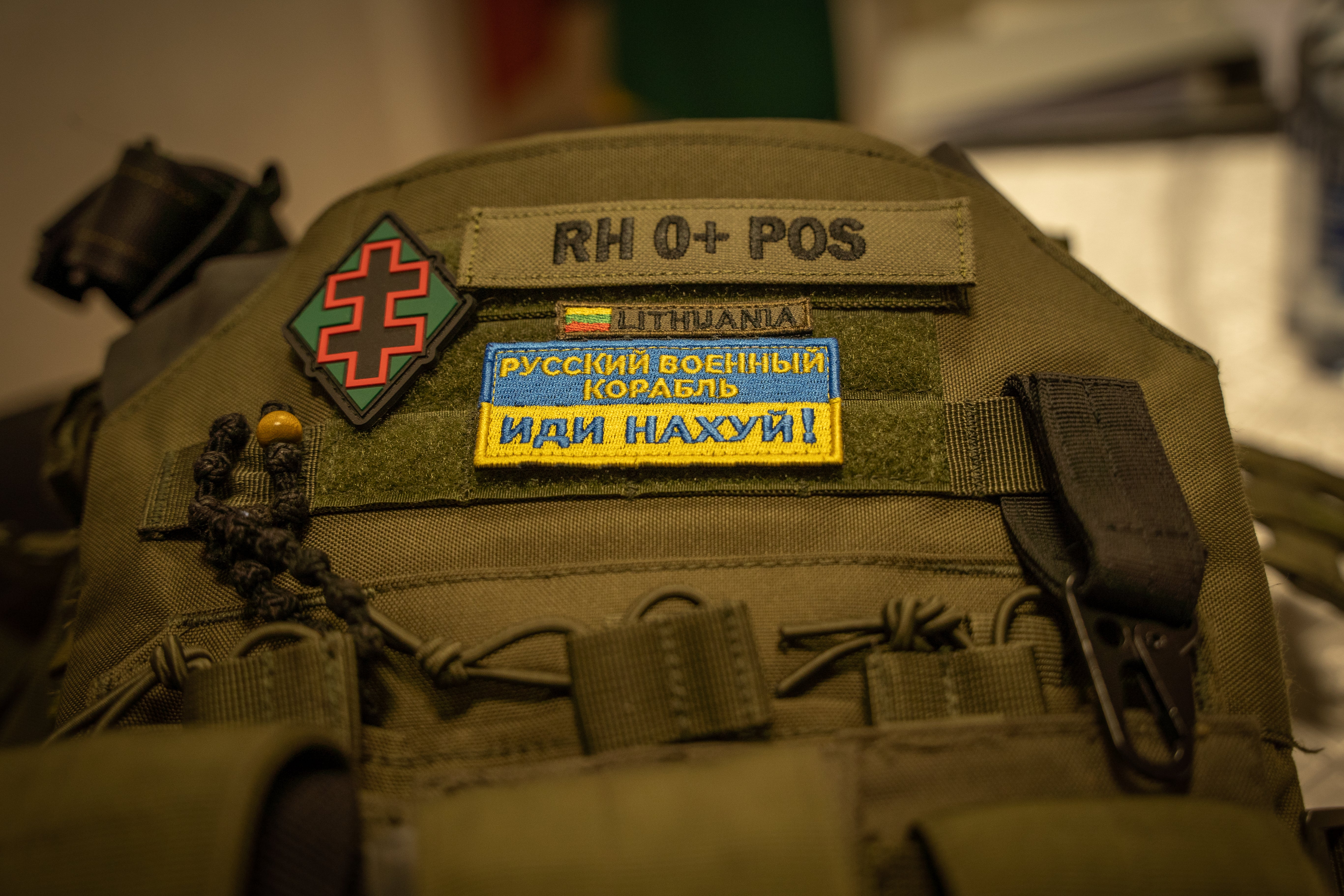
His words, although more colourful and blunt, echo the messaging from Lithuanian – indeed the entire Baltic – leadership. Since the collapse of the Soviet Union in the early 1990s, the Baltic States, comprising Lithuania, Latvia and Estonia have repeatedly warned about the existential threat that their neighbour poses to them and the rest of Europe. Before they joined Nato in the early 2000s the threat of being re-occupied or even exterminated felt very real for three countries – which have a combined population of just over six million people.
In the ensuing years, as the West has tentatively opened its arms to Moscow, and become reliant on Russia for key supplies like food and energy, those warnings have increasingly been dismissed as alarmist. Even when Russia illegally annexed Crimea in 2014. That changed with Putin’s decision to invade Ukraine again in February, an action most thought impossible because of the impact it would have – and has had on – Putin’s standing in the world.
That fluttering of panic only intensified when earlier in the war Moscow used Belarus as a staging ground to fly planes to bomb Ukraine and an armoured column that, for a while, was spotted on satellite imagery advancing on Kyiv. There were even concerns about an accidental de facto declaration of war when Moscow fired volleys of missiles at a west Ukraine base where Lietuvninkas was stationed, which lies just a few kilometres from Nato member Poland.
And so eyes moved to Nato’s weakest points in the east. And for Lithuania that meant the Suwalki gap.
It is now militarily integrated into Russia. There is no difference between a border with Belarus and a border with Russia
“When it comes to Lithuania we are in a particular geographical region because we have Kaliningrad, on one side, which has always been a source of military threat and on the other, we have Belarus which is a very different country to what it was even compared to a couple of years ago,” explains Lithuania’s vice-minister of defence, Margiris Abukevicius. “There were planes taking off from areas just a few kilometres away from Lithuanian territory that were participating in air strikes in Ukraine.”
For Abukevicius, the threat in regards to Belarus is clear: “It is now militarily integrated into Russia. There is no difference between a border with Belarus and a border with Russia”.
He adds that this new development has made the regional security situation even more complex and dangerous.
“Russia has always been a threat to Lithuania and its neighbours and history shows very clearly that pattern. With a new stage in the invasion of Ukraine – that started in 2014 – we clearly see Russia has a goal. That goal is the re-establishment of Soviet Union 2.0”
The residents of the town of Druskininkai in southern Lithuania are now quite used to the chatter of Russian rifle shots and the soft whomp of artillery fire during military exercises in neighbouring Belarus. Their sleepy town is located just five miles from the border and 12 miles from a major military base.
This military soundscape is a constant reminder to them of what could come their way. This has contributed to a 70 per cent spike in recruitment to the Lithuanian Riflemen’s Union (LRU), according to Ramunas Serpatauskas, who is an LRU company commander.
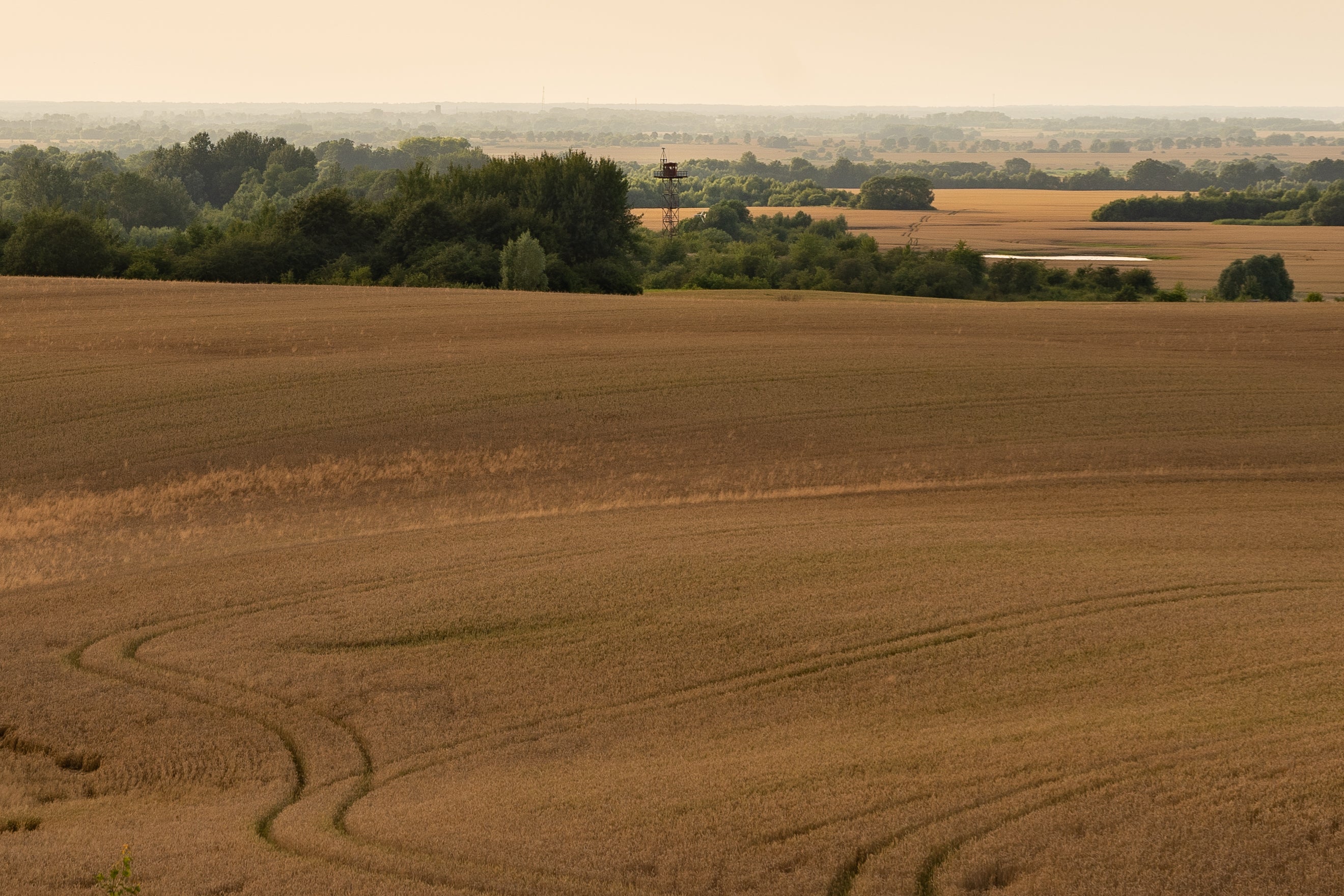
The LRU is a state-supported paramilitary group that among many things trains citizens on how to fire guns and fight. Founded in 1919 as a shooting section within the Lithuanian Sports Union, it was temporarily dissolved during the era of the Soviet Union. Many of the riflemen, those who had not been sent off to Gulag camps, would later join the Lithuanian partisan movement for the country’s independence.
Just before the Russian invasion of Ukraine, it boasted around 12,000 members, half of which are part of the youth wing. “But since 24 February [the date the invasion of Ukraine began] there has been a lot of interest. In the bigger cities, there are even queues for people wanting to sign up,” Serpatauskas says.
“Lithuania’s national security committee has made the goal for the riflemen: they want up to 50,000 riflemen recruited within the next 10 years,” he adds.
The increased threat from Belarus and Russia brought a change in tactics for the fighters, who are both male and female. “We go by the saying, ‘If you want peace, prepare for war’. We are training to handle hand-to-hand combat and to fight a guerrilla war – in case of occupation – like the partisans,” Serpatauskas says. “It will be a different focus than before. Modern-day battles don’t take place in the forests they take place in cities and downs, but we are prepared.”
In case of war, the riflemen pick up the duties like guarding strategically important infrastructure and government buildings, manning checkpoints and taking care of evacuations. They have already been doing joint exercises with the military, police and the volunteer defence force.
“If Russia started a war with Nato it would most likely mean the end of the Russian empire as it is now. I doubt Putin would be that stupid. But you don’t know,” Serpatauskas adds before trailing off.
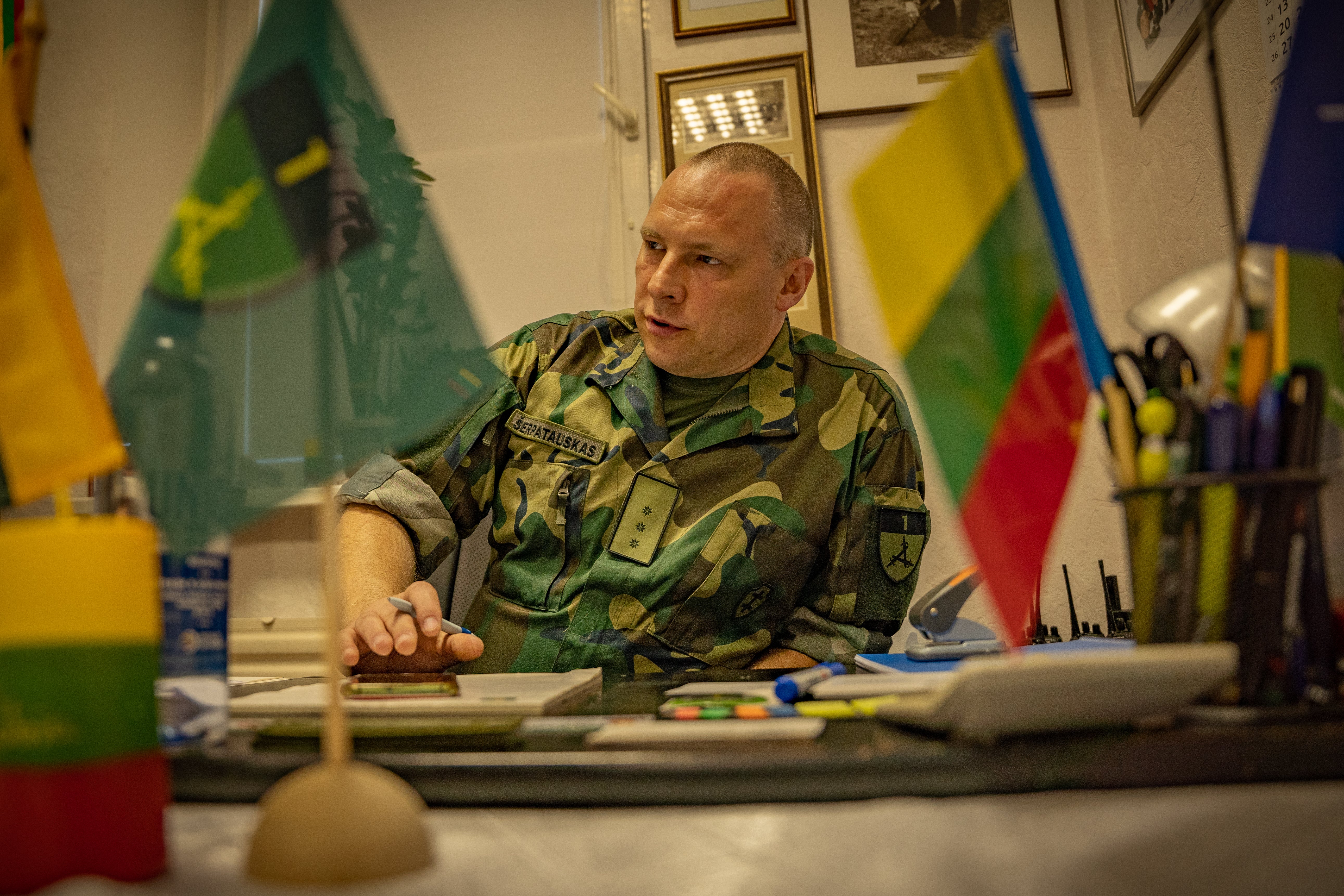
There has been plenty of political tension too. Back in June a member of Russia’s State Duma, submitted a bill to the country's parliament to repeal Moscow’s recognition of the Baltic’s independence from the Soviet Union in 1991. That followed Russian threats to retaliate over Lithuania’s ban on the transit of some goods across its territory to Kaliningrad following EU sanctions, a move Moscow said was “unprecedented”. Lithuania had its rail ban in July after the EU said the transit ban only affected roads, not rail.
Latvia, Estonia and Lithuania have also pulling down hundreds of Soviet-era war monuments and memorials glorifying the days of occupation. Russian diplomats have also been expelled. All three states have almost completely restricted border crossings for Russians who have Schengen-area visas and have urged the EU to follow suit.
Nato appears to have listened to the pleas from the Baltic states to defend its borders. At the July summit in Madrid the group’s secretary-general, Jens Stoltenberg, announced “the biggest overhaul of [Nato's] collective deterrence and defence since the Cold War”.
During the meeting, alliance members agreed to increase the number of troops allocated to be on standby in case of attack from 40,000 to about 300,000. Members also decided to increase its defences on the eastern flank to the size of a brigade, and to include in that “forces pre-assigned to defend specific Allies”. The UK has assigned more than 800 additional troops to Estonia, where more than 800 British personnel were already deployed.
Germany meanwhile has plans to head up a brigade-size Nato combat unit in Lithuania and has sent 100 personnel, part of Germany’s 41st tank brigade, to Klaipeda last week.
“We are glad that Nato understands what is happening,” vice-minister of defence Abukevicius says. But he warns that the Baltics, other eastern Nato frontiers, and, of course, Ukraine need that support and that there is “no way to go back to business as usual.”
Anything short of a convincing victory by the Ukrainian military and recovering military lines to 24 February is a disaster
Mantas Adomenas, Lithuania’s vice minister of foreign affairs, echoes those words and warns that the war is still very young despite the fact Russia appears to be on the back foot, having failed to take the capital and after recent retreats.
“Russia has both signalled and shown in its military approach it is getting more, not less, aggressive,” Adomenas says. “And so we worry about the attention deficit of the world”.
He explains that he believes the worst-case scenarios are “endless”.
“Anything short of a convincing victory by the Ukrainian military and recovering military lines to 24 February is a disaster,” he says. “Giving Russia any semblance of victory will encourage it to continue similar acts of aggression.”
Kyllike Sillaste-Elling, undersecretary for political affairs at Estonia’s foreign ministry, says that failure to react forcibly to Russia’s advance into Georgia in 2008 and also Crimea in 2014 meant they “got away with using force to change borders in Europe in direct violation of the Helsinki Accords”.
If left unchecked now that would “embolden them to go further,” she adds. “At the end, the map is going to look different. They will keep pushing the boundaries, we cannot let that happen.”
Sillaste-Elling says the planned inclusion of Sweden and Finland within Nato will give Nato’s eastern flank an important boost – creating a “Nato inner sea” in areas like the Gulf of Finland, where St Petersberg is located. That, she says, would significantly improve security.
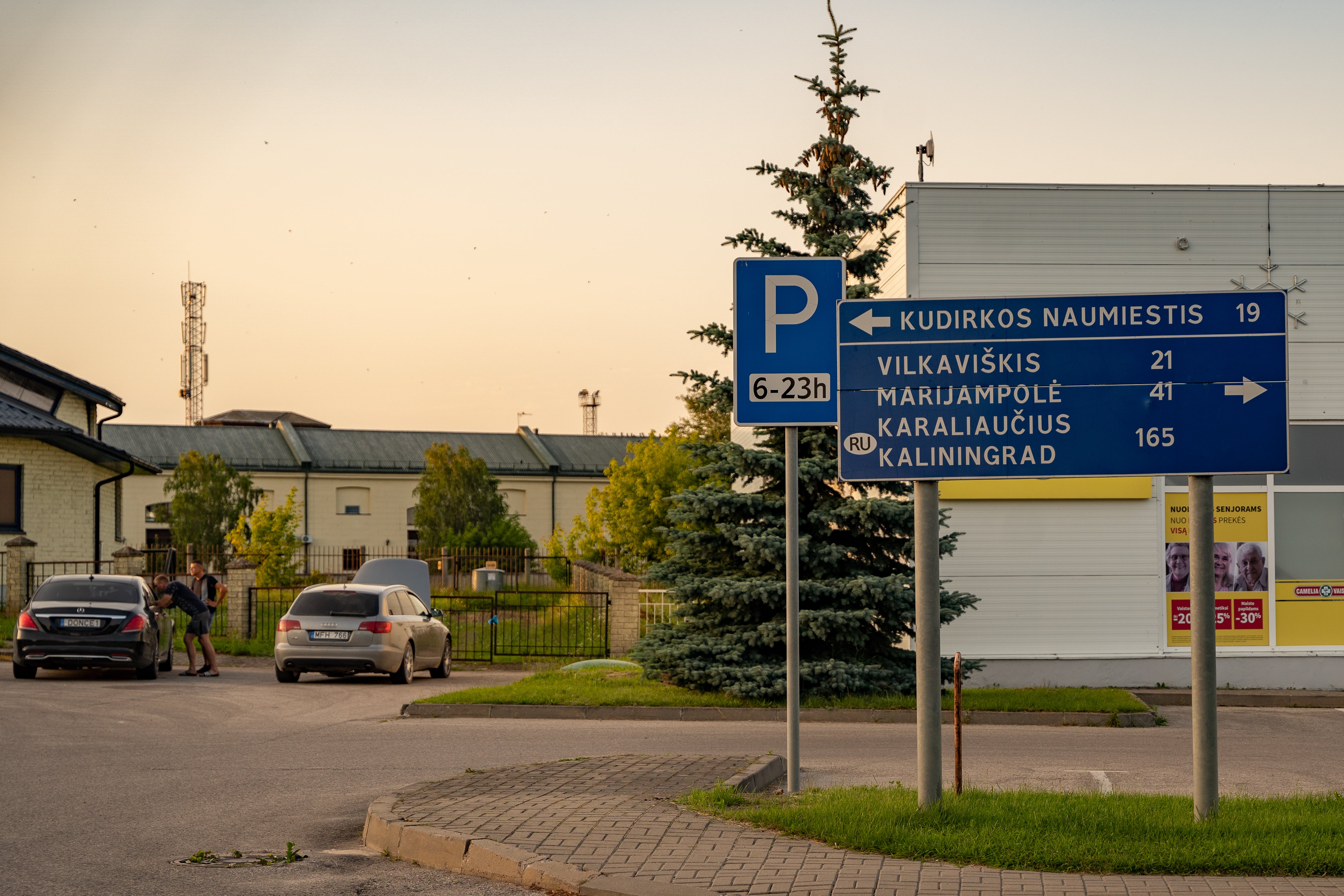
But she warns that bolstering air and maritime defences around the region is a must. “Before the Russian [invasion in February] the focus was on deterrence and now the shift has to take place to defence, which means more robust presence but also capability better weaponry,” she says.
“We have seen how important air defence – the use of High Mobility Artillery Rocket Systems [Himars] – has been in Ukraine. We need better maritime defence and we are doing procurements there bolstering that."
Back in the “Suwalki gap”, the towns pressed up against Russia’s Kaliningrad border are tense but quiet.
One man Yanis, 49, a member of the local council says they are trying to fix Soviet-era bomb shelters as preparation for the worst, but everyone hopes it won’t come to that.
Rather than afraid, residents appear more frustrated with the length of time it took for Western Europe to catch up with the reality they feel on the ground. “People are finally taking seriously this situation we have had 33 years now,” says Jordan, 34, gesticulating towards Kaliningrad – the border is just a hundred metres behind us. “It’s not big news for us. We have been saying this for years and people are finally listening.”
For Lietuvninkas, he thinks it would be “suicidal” for Putin to attack Lithuania or any Nato country. “But you never know,” he adds.
He says his sons are thinking of joining the riflemen following in the steps of his daughter who is already part of a volunteer defence force on the border with Belarus. Many of his friends are signing up.
Lietuvninkas himself, meanwhile, will go back to Ukraine and fight.
“The rest of Western Europe hasn’t been taking the threat of Russia seriously enough and that is maybe why we are here,” he says with a sigh. “War was far from them – their financial wellbeing was more important.
“You don’t get it until you feel war within your own skin."




Join our commenting forum
Join thought-provoking conversations, follow other Independent readers and see their replies
Comments